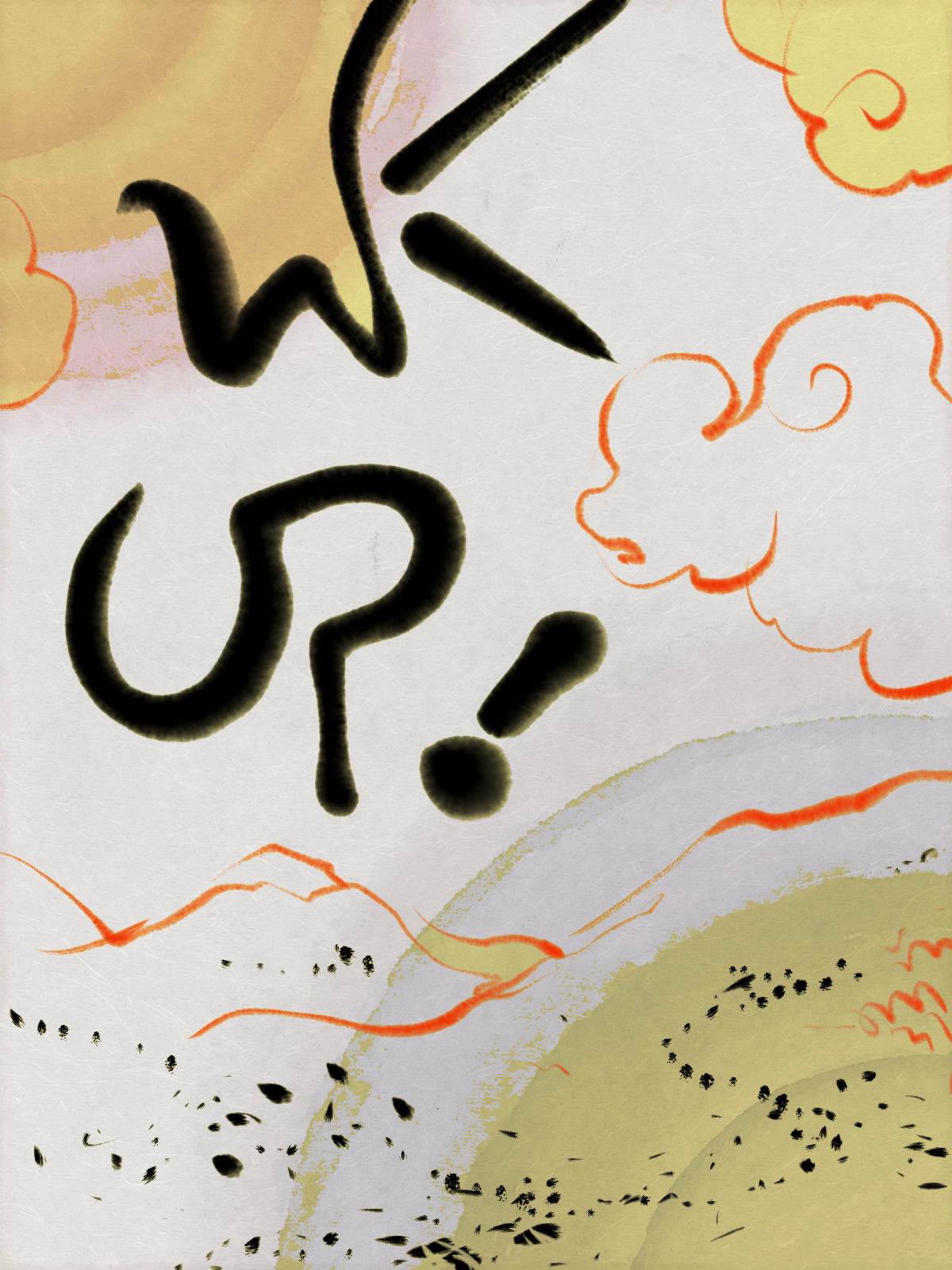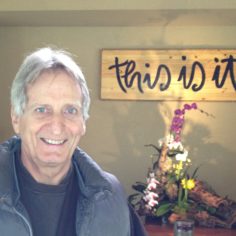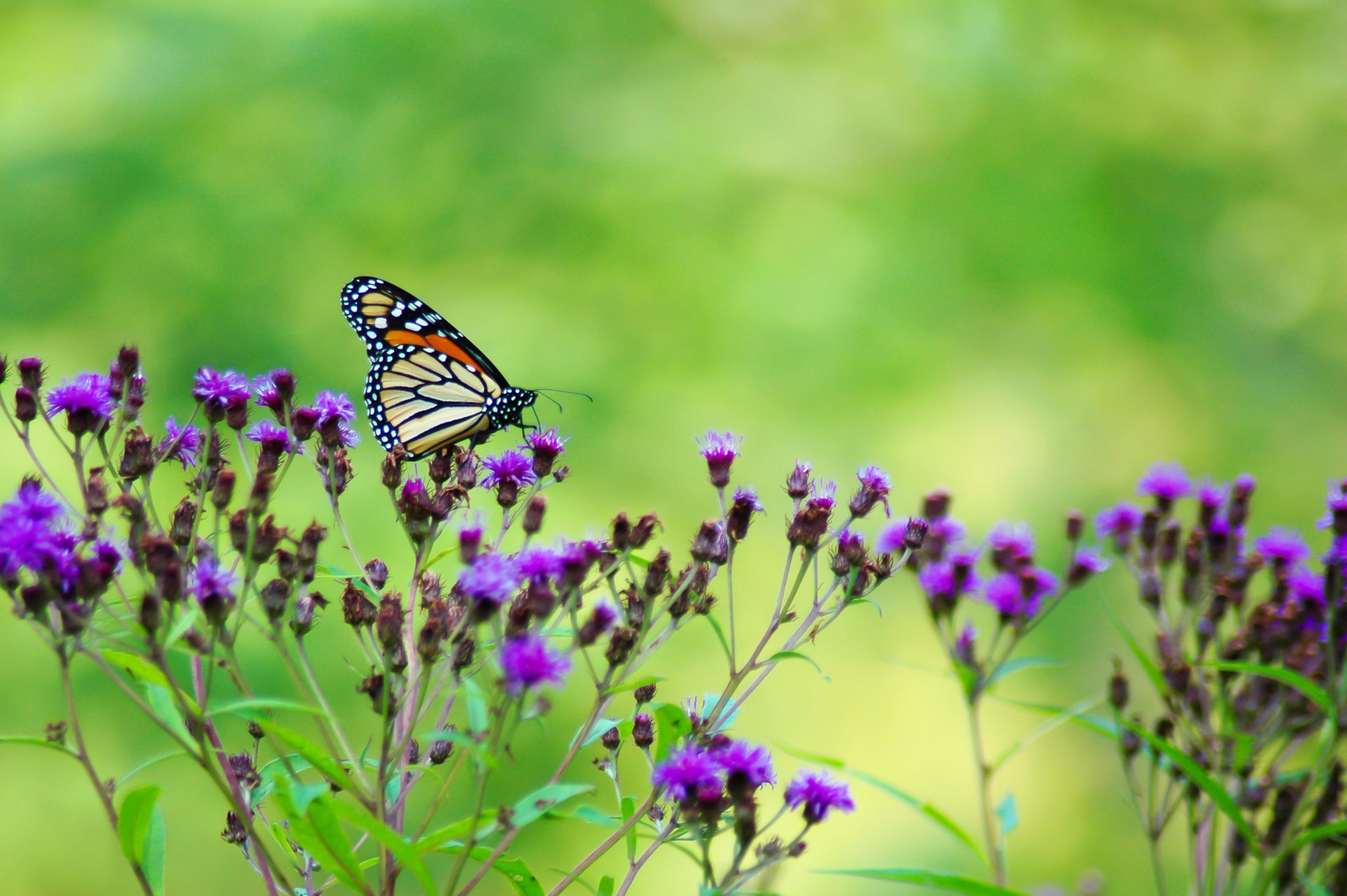Making Peace with Our European Ancestry
By John Bell in June 2018

Introduction
The following practice is an adaptation of the Beginning Anew practice Thay created to help us restore harmony when a personal relationship becomes frayed or broken. People who identify as white often have a conflicted relationship with being white and with our European heritage.
Making Peace with Our European Ancestry
By John Bell in June 2018

Introduction
The following practice is an adaptation of the Beginning Anew practice Thay created to help us restore harmony when a personal relationship becomes frayed or broken. People who identify as white often have a conflicted relationship with being white and with our European heritage. On one hand, we have been conditioned to feel superior, entitled, and dominant. This leads to white privilege and behavior that perpetuates systemic white racism, even if unconsciously. On the other hand, this conditioning and behavior generates feelings of shame, isolation, and self-hatred. These (negative) feelings are often deflected by blaming or targeting people of color. The humanity and wholeness of white people diminishes, in addition to the brutal damage done to people of color.
Thay tells us that our key work is to awaken from the delusion of separateness. In relation to racial oppression, this means two things primarily on an individual level: to recognize, validate, and touch our essential goodness and intactness; and to heal and transform the wounds keeping us timid around, scared of, separated from, and unfairly advantaged over our sisters and brothers of color. As James Baldwin said, “Not everything that is faced can be changed, but nothing can be changed until it is faced.” The following practice can be one way to help us face things and heal.
The Process
The facilitator puts people in pairs. Each person takes a turn to share. The listener is a stand-in for the speaker’s European specific ancestors, if known, or general heritage. One person speaks first for three to five minutes, then the other speaks. The pair will do this listening/speaking activity for three rounds, as described below. Between each round, the facilitator invites the bell and asks the partners to check in with what is arising in their bodies, hearts, and minds. A whole group debriefing follows afterwards.
Round 1: Flower-Watering
What do I love about my European ancestors? What are the positive contributions my people have made to humankind? What do I appreciate about being a descendent of Europeans? (e.g., my ancestors’ beliefs about human rights, individual liberty, or democracy; my ancestors’ contribution to classical Western music like Mozart, ballet, and Western scientific method; and my European ancestors’ courage and fortitude to flee oppression and find a new home.)
Round 2: Beneficial Regrets
My European ancestors of white heritage harmed people of color. Which of their actions do I regret?
Round 3: My Commitment to Change
What do I vow to do to help heal the harm that people of my European ancestry and (white) culture have done to people of color?
The Debriefing
The facilitator finally asks participants questions: What thoughts or feelings arose during these three rounds? What was happening in your body, mind, or heart as you shared or listened? What was useful? What was problematic? How might this practice be refined or deepened? Other comments?


